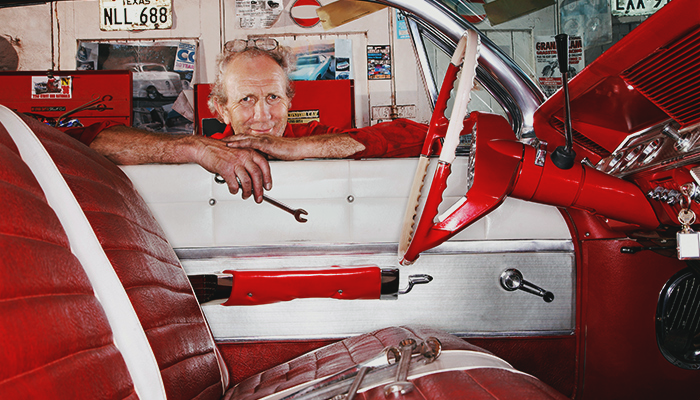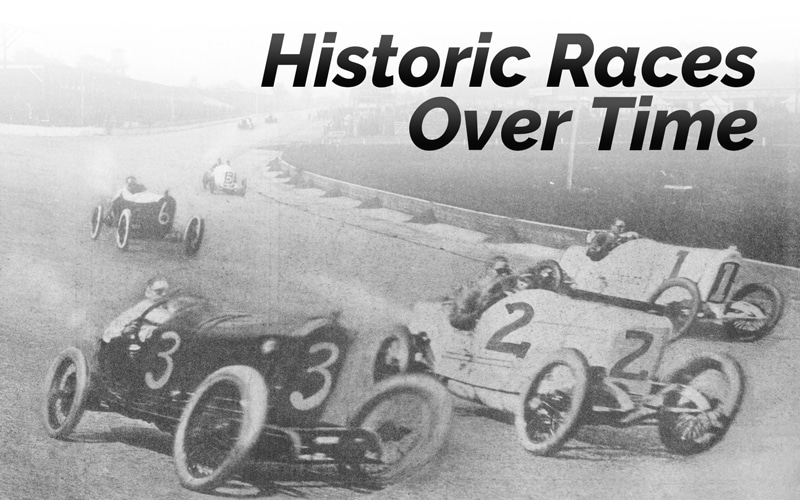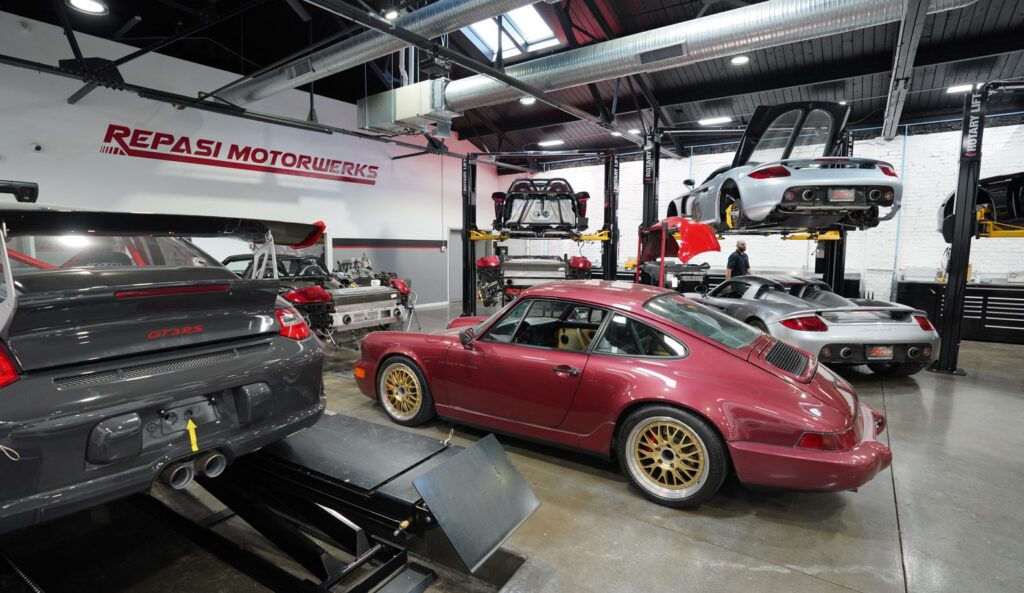10 Great Vehicle Choices for Beginner Restorers
Why get started in classic car restoration? There are plenty of great reasons. You can do the work at your own pace —in your own time. It’s a great way to meet new friends, and to help keep children or grandchildren away from those glowing screens at which they’re always staring. Speaking of screens, thanks to the hundreds of marque-or-model-specific forums on the Internet, it’s never been easier to get the information and advice you need to complete a tough project.
Maybe you already know the car you’d like to restore. A childhood memory, a poster on a bedroom wall, a striped streak down the back straight of your local track in the days of Briggs Cunningham, David Hobbs, or (even) Scott Pruett. If you’re looking for ideas, however, we’ve come up with ten great options for your first restoration project. Most of these cars are still relatively affordable in “survivor” condition, and they all have solid availability of parts and documentation. From the (nineteen) Thirties to the Millennium, we’ve selected something for everyone below.
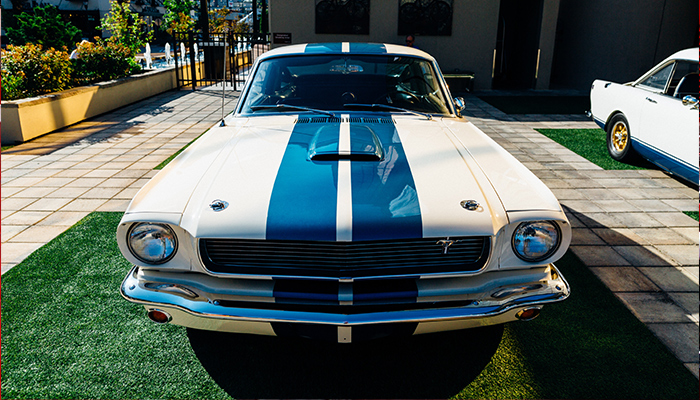
1964.5-1968 Ford Mustang
First-generation Mustangs are tremendously popular with restorers of all budget and ability levels. Well over a million were built, with many surviving in good shape at reasonable prices today. The aftermarket support is complete and total; every single part you might possibly need is being made, brand new, right now. In fact, you could build a “1965” Mustang out of an auto restoration parts catalog, and some people do – but that’s missing the chance to add your story to an authentic classic with nearly six decades of history already under its belt.
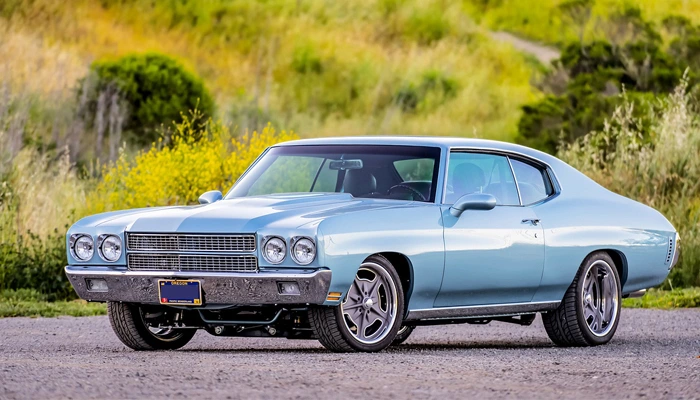
1968-1977 GM Intermediates
The Skylark, Chevelle, Cutlass, and Tempest were acknowledged classics from the moment of their 1968-model-year debut. Some of history’s greatest-ever muscle cars were built on that platform – but if you’re not looking to spend six figures at an auction, there are still plenty of great choices out there for classic car restoration. In the past few years, some attention has also turned to the “Colonnade” cars built from 1973 to 1977. It’s possible to put anything from an “Iron Duke” four to a thousand-horsepower big-block under the hood. While coupes are king in these two generations, don’t overlook the sleek sedans, some of which had entirely unique styling.
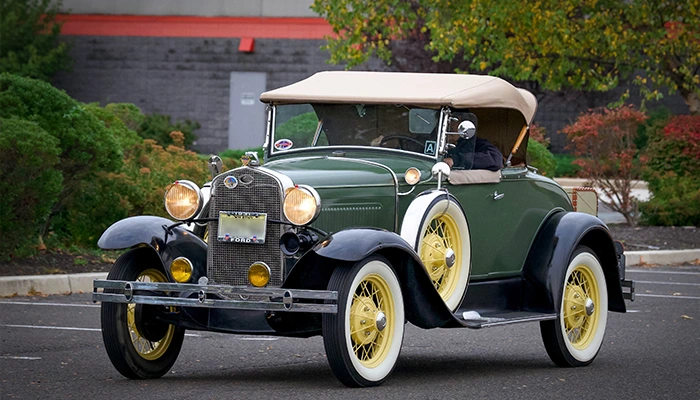
1928-1931 Model A
Few pre-WWII cars are as easy, affordable, and an enjoyable choice for classic car restoration as Ford’s second shot at the big leagues. Unlike its Model T predecessor, the Model A runs and drives about the way most of us would expect, requiring no special skills and little extra effort to get on the road. It’s fast enough and has strong enough brakes to stay with most off-freeway traffic. Parts and knowledge are also easy to obtain.
Want a real challenge? The Model A’s engine was once the basis for a very popular gasoline-powered air compressor; some owners tow “Smith Compressors” behind their Model As, painted to match.
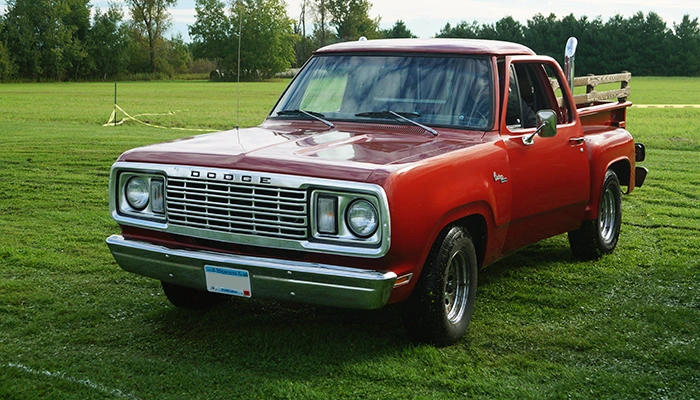
1972-1993 Dodge D-Series Truck
If you watch classic-car auctions on television, you know the heavy hitters from the “square” era of Dodge trucks: Warlock. Macho Power Wagon. Lil’ Red Express. Beyond those classics, however, are a couple million D-Series trucks made for everyday use on farms or ranches. Many of them have held up exceptionally well, particularly in the Southwest, and parts can still be sourced from junkyards. The earlier model years have a classic look and vintage detailing, while later D-Series trucks have squared-off ruggedness and modern conveniences at your fingertips. You can’t go wrong either way.
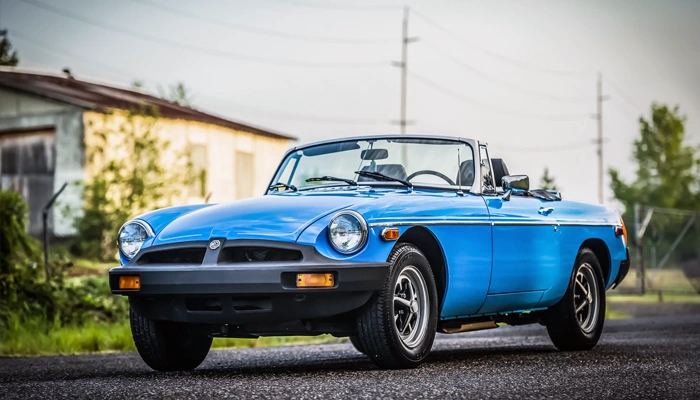
1963-1980 MG MGB
For most Americans, this is the classic British sports car, and a long-time mainstay of competition with the SCCA and other sporting clubs. They’re so well-regarded you’d expect them to be a lot more expensive than they are. Prices are still low, however, and you can get everything up to and including a complete replacement body from aftermarket sources. While it’s true that MG ownership will introduce you to a variety of terms such as “BSW” (British Standard Whitworth), there are now easy solutions to most of the problems that plagued the cars when they were new, particularly with regards to electronics. Few sports cars are prettier or a greater joy to drive down a country road.
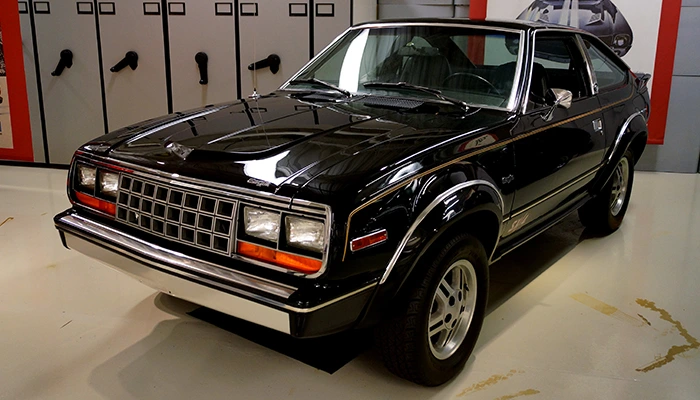
1980-1988 AMC Eagle (and friends)
Next time you’re in a new-car showroom, take a look at what’s around you. It will be mostly “tall wagons” with full-time four-wheel-drive. The first production car to make that work? The AMC Eagle. Today, Eagle enthusiasts take their coupes, sedans, liftbacks, and wagons all over the country, exploring National Parks and freeways alike. Whether you want to tour the Hamptons or bash through Moab, the Eagle can do it. Prices are still reasonable, parts support is good, and there are many options for performance-oriented aftermarket equipment. Want a more obscure challenge? Try one of AMC’s famous compacts of the Seventies, including the Gremlin and Pacer.
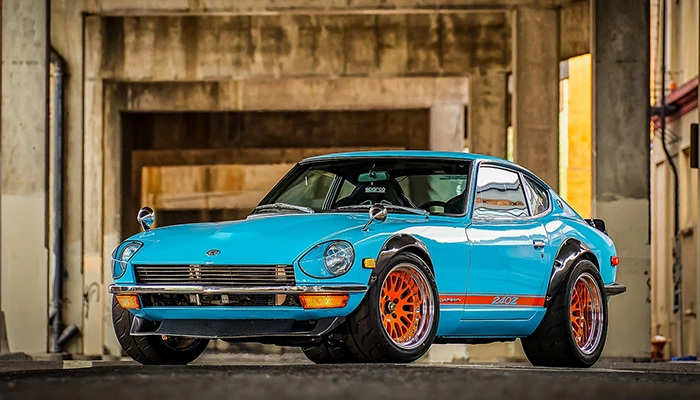
1970-1978 Datsun Z
It’s been called the “Japanese Jaguar”, and it’s easy to see why: long hood, short deck, sleek styling, and a high-performance straight six under the hood. But the 240Z, 260Z, and 280Z have many virtues of their own. Roomy, comfortable, reliable, and rapid, these classic cars can still compete with what’s in showrooms – and there are more than a few still earning their keep at racetracks, as well. Parts support isn’t quite up to 1965 Mustang levels but it is substantial, and the owners’ club is one of the best. Purists will want the unadorned styling of the early 240Z, but later 280Z models are a little quicker in daily use, particularly if you choose the 2+2 with its longer wheelbase and occasional-use rear seats.
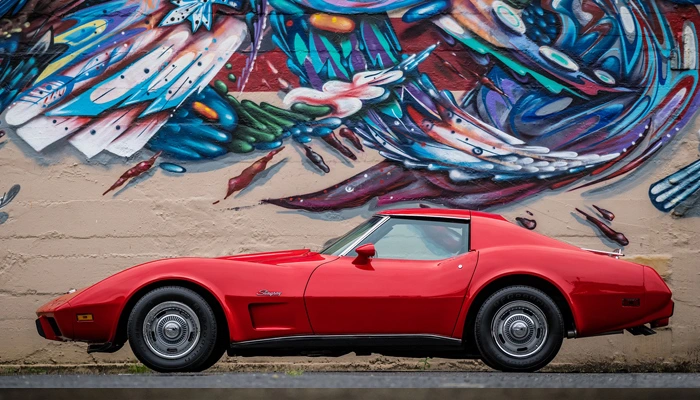
1969-1982 Chevrolet Corvette
When the fourth-generation Corvette debuted in 1983, it redefined the marque as a track-focused sporting car with ambitions to meet and beat the exotics – but the shark-bodied coupes and convertibles that came before are still worth serious considerations. This long-lived ‘Vette played many roles, from big-block fire-breather in the early Seventies to sleek hatchback highway star in 1982, and was comfortable in all of them. Recently, the lighter and higher-quality 1979-1982 models have started sparking collector interest; for many years they were criticized for low-performance engines but that’s easy and cheap to address using aftermarket parts today. With the headlights dropped and the sun above those deep-green-tinted T-Tops, a restored classic Corvette can still make you feel like the biggest dog on the open road.
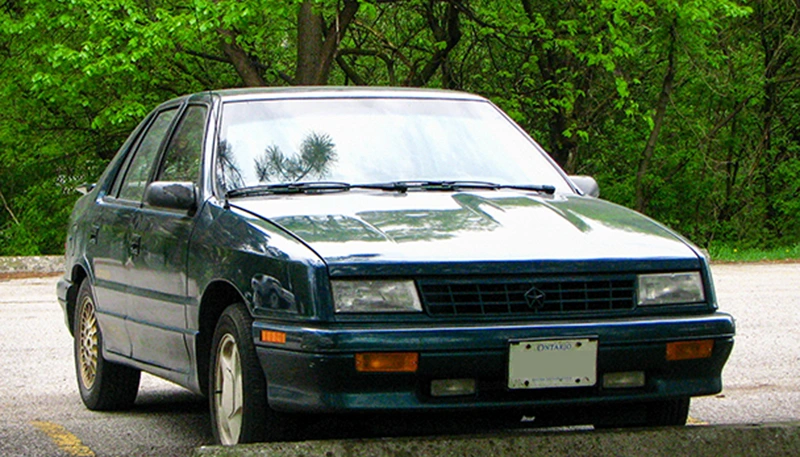
1992-1994 Plymouth Sundance “Duster”
It’s a tale as old as time, or at least as old as the Sixties: put the big engine in the little car. In this case, the “little car” is the Plymouth Sundance, most modestly proportioned of the iconic Chrysler K-Cars, and the “big engine” is a three-liter V-6 from the minivans and long-wheelbase New Yorkers, with a 5-speed stick shift tossed in the mix. The result is pure affordable driving joy with a Nineties feel and a name that harks back to the Seventies. K-Car parts are easy to find, and the Mitsubishi-built engine has plenty of aftermarket support thanks to its continued use in Hyundai Sonatas up to 1998. It’s a great way to dip your toe in the classic-car waters for a four-figure investment.
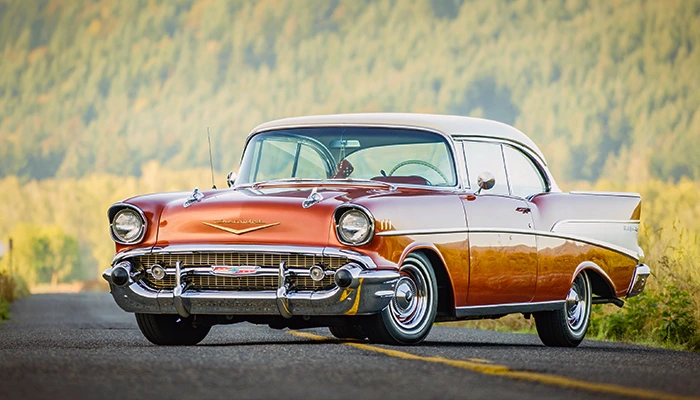
1955-1957 Chevrolet
The “Tri-Five” helped Americans fall in love with classic cars, appearing in American Graffiti and Two-Lane Blacktop, and for many people it’s still the only classic that matters. Yet it’s still possible to find restoration candidates at low prices, particularly if you’re interested in a 1955 model, any of the sedans, or pillared coupes. Aftermarket support is, of course, total. It’s challenging and rewarding to build a numbers-matching Tri-Five, but many people nowadays are just dropping in a crate motor, putting in modern suspension, and enjoying a trouble-free cruise-in with perhaps the most classic silhouette in American automotive history. You can’t go wrong either way with this restored classic car.
